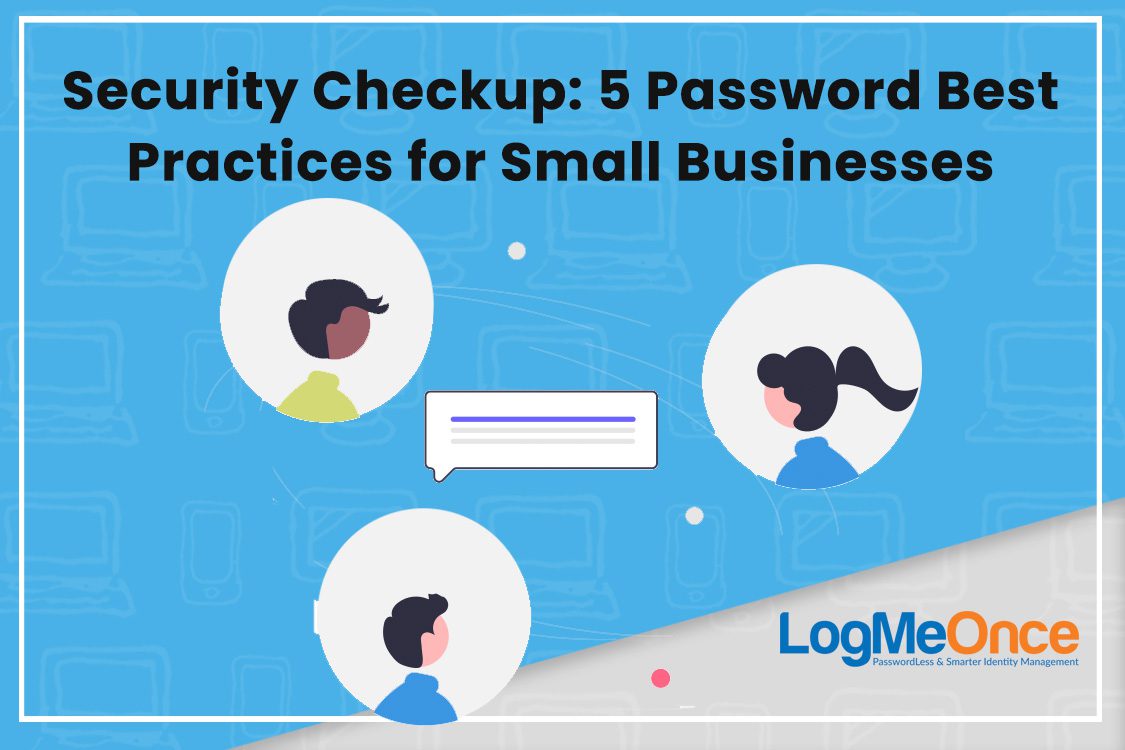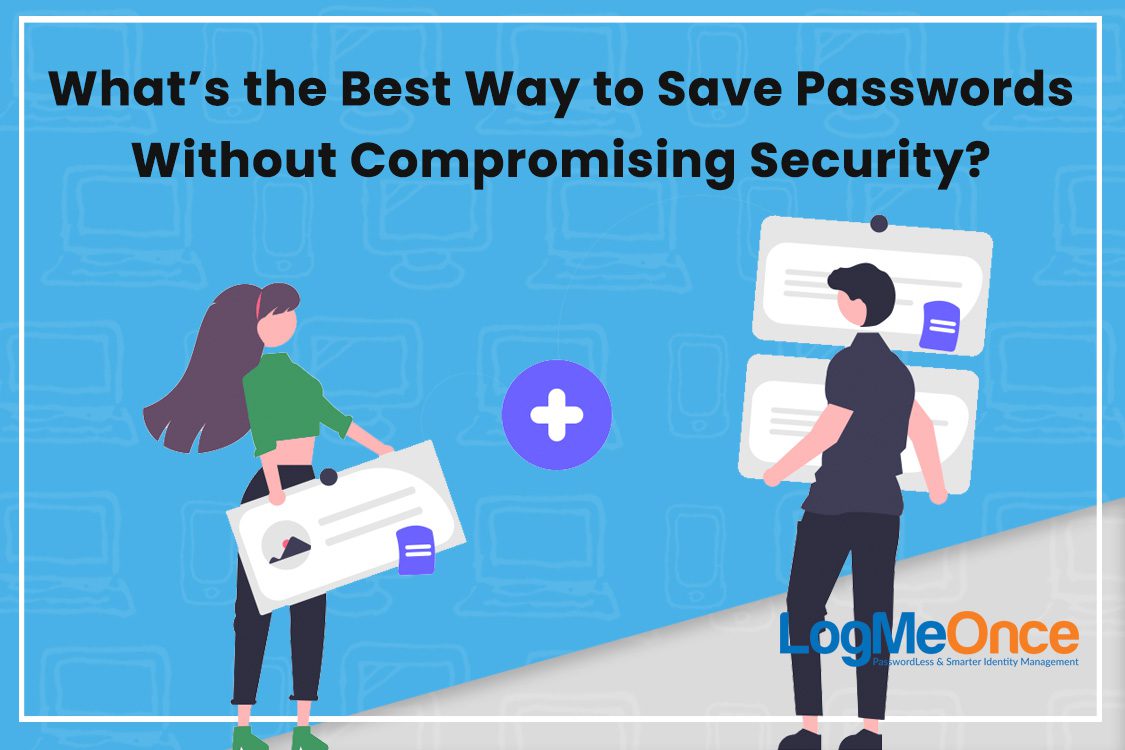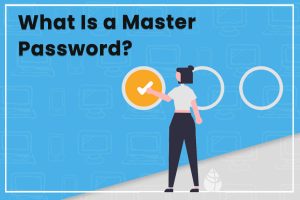Around 360,000 pieces of malware were created every single day last year. Each one of these can pose a serious threat to the security of your business. Malware can be used to steal data, access financial accounts, and caused serious damage to your network.
This is why having strong passwords is an
Read More

Cloud Data Storage FAQs: Can the Cloud Be Hacked?
Cloud data storage has become one of the most prominent areas of the tech sector in recent years. Most of the smart technology you purchase has access to at least one type of cloud environment. Computers come with built-in cloud storage options that can help you backup your photos, videos, and other files. The iPhone automatically syncs your data with Apple’s servers so you never lose files. Most services that utilize the cloud say that it’s more secure than operating with an on-premises storage option, but does that make it immune to hacking? Here’s everything you need to know about storing data on the cloud, cloud hacking, and how your data is kept protected. What Is Cloud Data Storage? Nowadays, “the cloud” is everywhere. Even people who’ve never worked with computers have heard of it, but not many people know exactly what it is or how it works. The history of cloud computing is a lengthy one, but the core idea was to allow two people to use a single computer at the same time. With certain programs, that idea has become reality. Cloud data storage doesn’t work from the sky as the name implies. In fact, it operates from a network of servers on the ground, all owned by whatever company is offering the services. For example, Google uses its cloud environment with all of its online services. You can access some kind of Google app on whatever smart device you own, such as your phone, tablet, and laptop. When your device uploads any kind of data into the cloud, it’s actually getting sent to physical servers that save your information. Accessing that data from the cloud means connecting with those servers to retrieve it. In other words, paying for a cloud service means renting out space on another company’s servers. Furthermore, your company isn’t responsible for its upkeep. That includes maintenance, administration, or troubleshooting. Using the cloud allows you to handle multiple projects at once, easily share data, and access that data from multiple different devices. There are also different types provided for businesses. SAAS provides software and is one of the most developed areas. PaaS supports writing software, and IaaS gives clients more computing power. The main drawback of cloud computing, however, is the lack of immediate control. As a client, there isn’t much you can do on your side to protect the server or recover data that’s been lost. You also require an internet connection to access it. How Hackers Access Your Data Despite the presumed security of the cloud, it’s not immune from cyber threats. For smaller companies and businesses, a cloud data storage provider will have much better cybersecurity and defense measures than you could personally afford. Larger companies with significantly more information stored on the cloud may need to be more cautious. Google runs some of the best cybersecurity operations, and for good reason. If they were to get hacked, anyone that depends on their software and cloud network could lose valuable information. In fact, nearly 2 million companies use Google Apps. In 2019, Google issued over 40,000 cyber-attack warnings through their Advanced Protection Program (APP). By the time 2020 rolled around, the number of cloud attacks around the world surged to almost 3.1 million according to McAfee. More often than not, cyber attacks aren’t like the kind you see on television shows. They don’t involve long strings of code. Instead, the most common form of attack is phishing. Phishing emails convince users that they’re from reputable companies in order to gain access to personal information. Once a hacker gains access to an account, they can use the cloud infrastructure to access other accounts. If they manage to access an account belonging to the cloud provider, then the attack would be much more extensive. Fortunately, these companies also have multiple levels of cybersecurity built in to deal with threats before and after an attack. Cloud Protection Software One of the most important ways to protect your company’s data in any situation is to educate your staff. A weak password can be easily bypassed or guessed based on personal information. Knowing the difference between a genuine email and a phishing attempt also makes a huge difference. There are many options available for protecting your data and alerting your company of any current threats. LogMeOnce offers a password manager, identity theft protection, and a cloud encrypter. The password manager can save passwords and credit cards and does two-factor authentification. Their identity theft protection can monitor the dark web and alert you of any breaches. The cloud encrypter encrypts file names and content on all of your devices. Most other services you use have their own accompanying cloud protection software. For example, Google’s Apigee Sense works with their API Management Platform for some extra protection. Harmony Email and Office prevents attacks on SaaS apps and your cloud email. Safe Cloud Storage Options Everyone’s heard of the various cloud storage options out there, such as Dropbox and iCloud. But which ones are actually the safest for your cloud files? Google Drive is one of the best out there for its affordability and third-party integration. The company uses several layers of encryption to protect its customers and will alert users of any unusual activity. When you look into your options, consider what levels of security are offered and how you can best take advantage of them. Prevent Cloud Hacking Whether cloud data storage is safer than an on-site server depends on the amount of care you put into your security. Many smaller companies simply can’t afford to implement rigorous cybersecurity, so it’s better to rely on a bigger company that can. The cloud is also much more convenient for your business. If you want to do your part in keeping the cloud safe from hacking, try out LogMeOnce. We offer powerful security with convenience at affordable prices. Sign up today and get a free 14-day trial.



























